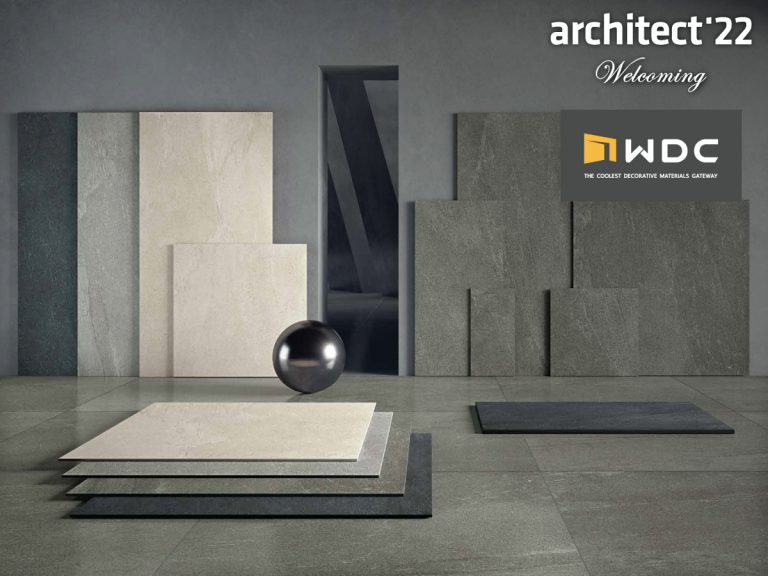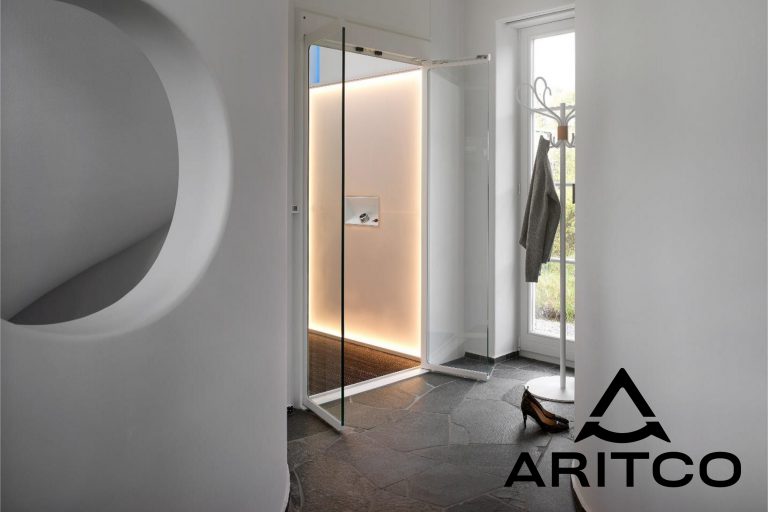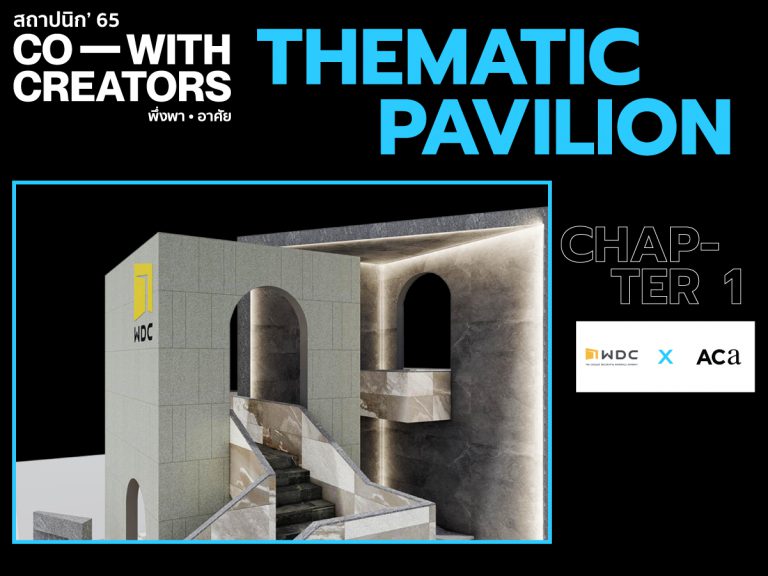When “Architecture Doesn’t Conclude with Only Architects” May Cooperation Be the Answer?

Beneficial for the dwellers
The first step in an architect’s work in designing a dwelling is to understand the customers’ or residents’ needs. The needs can be collected through discussions or various methods in order to create a key concept in the design. However, this kind of workflow is not fixed. It also does not mean that architects must solely perform every step. New global issues – ranging from the shift in the concept of community development to climate change – have led many architects to look at different creative approaches, such as participatory design
Participatory Design
The concepts of “Participatory Design” and “Co-design” are similar as they reject the original definition of designers who play the sole creative role to meet the needs of users and residents. Nevertheless, it is a role for those who do not have a design background to be a part of the design, For example, minor roles – design evaluations or usability tests. In the case of participatory design, it requires reversed conventional thinking by having the user act as an expert. The user expresses its experience in shaping the design concept. Indeed, with the help of the architect at disposal.
Architecture that requires specialized knowledge does not always require specialized architects since that knowledge can govern from other fields or even the from user, for example:
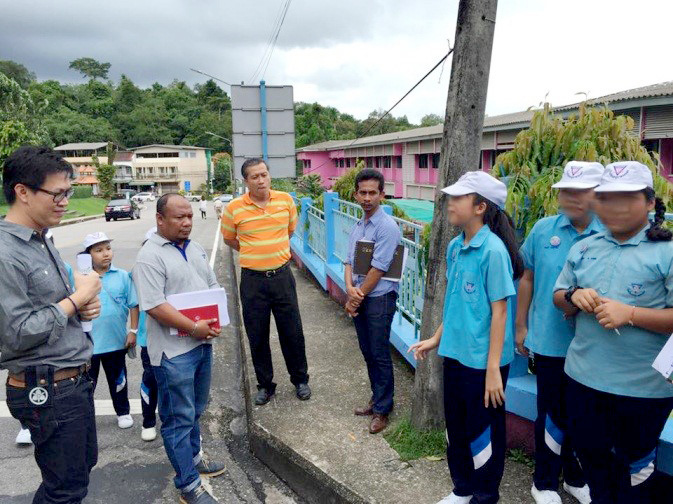
“Walking-Promoted Zone” Ranong Kindergarten School It is an outcome of a participatory design process between teachers, students, the public, and government agencies. The campaign helps to prevent accidents by a group of students performing problem management following user behaviour.
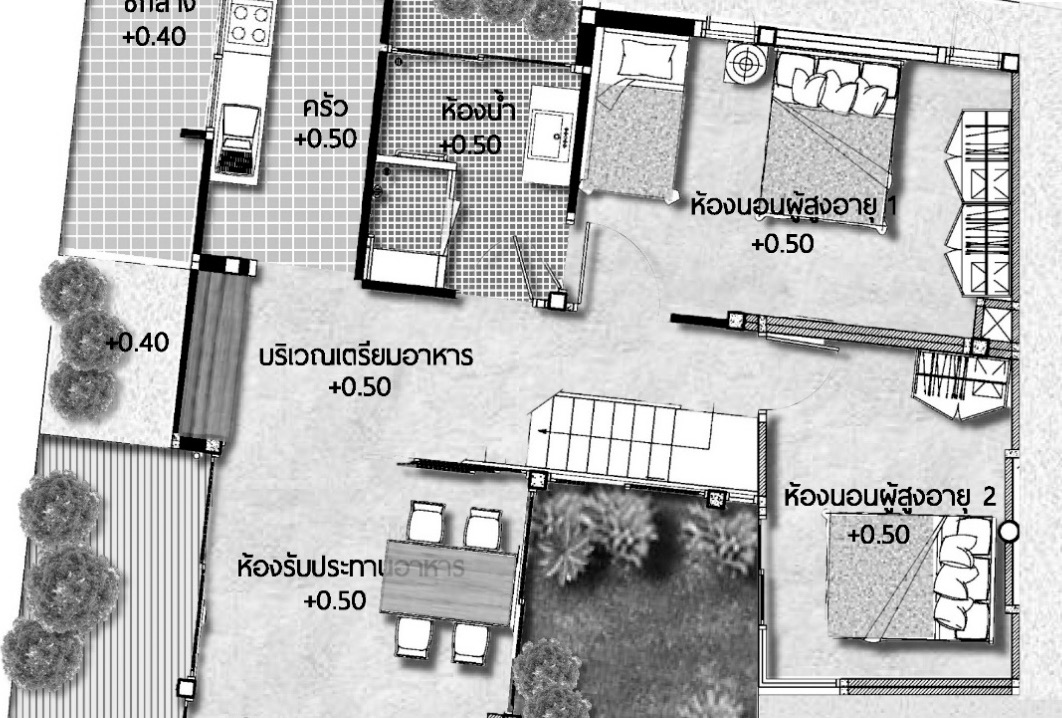
House Development for The Elderly by Suchon Yimratanabowon This project creates a sense of belonging for the elderly as they are a part of the design, helping to promote their mental state.
“To Make a Perfect Architecture, It Needs More Than Architects.”
“I think that to complete a piece of architecture, architects are not the only involvement,” said Khun Issara Areerob, one of the organizing chairmen of Architect Expo 2022, in the interview for the event concept. He also added that the architects working alone at every step is the limit that makes Thai architecture “uncompleted.” he also views that architecture must rely on people from other professions to present the features of architecture to its full potential. For example, a photographer who illustrates a concept of architecture can see what the architect has expected it to be. “Some architectures seen in magazines are astounding. But when I see them with my eyes, I rarely find them as aesthetic. Such visuals are best illustrated by photographers, not by the architects alone.”
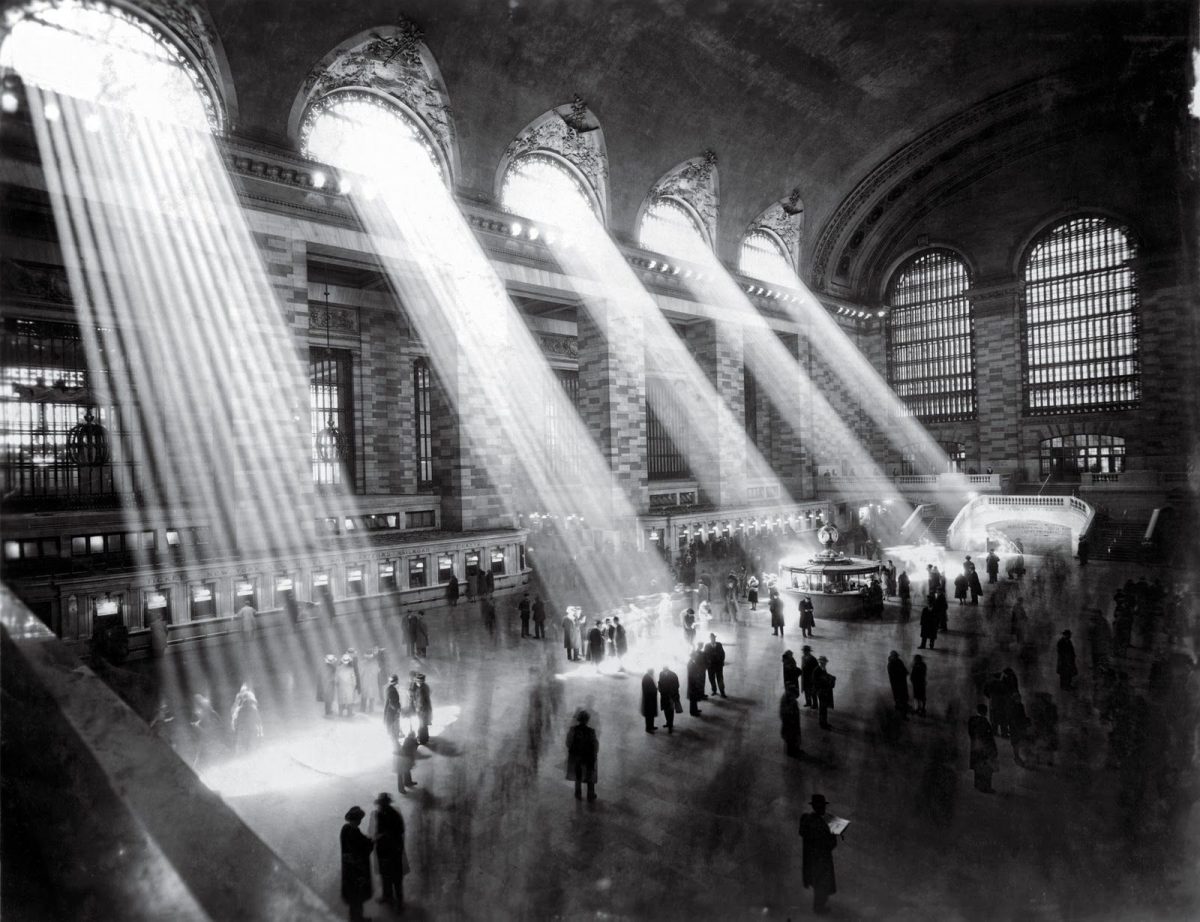
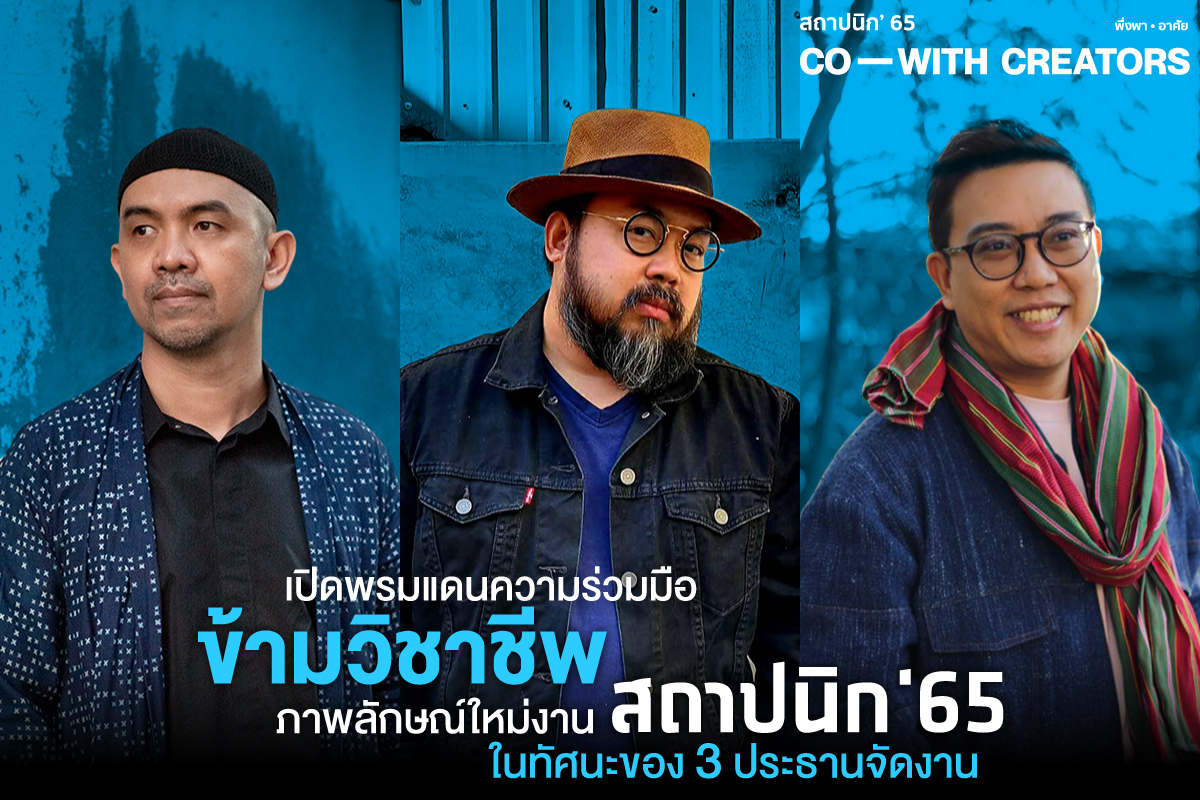
Interviews of the 3 organizing chairmen https://architectexpo.com/2022/9864/
In addition to the photographers, there are still many people who have contributed to the completion of architecture. They could be architectural-related personnel such as engineers and interior workers, visualizing and designing teams such as interior designers and designers, lawyers, or even other fields like scientists. These professionals can participate throughout all processes rather than provide initial information for the design and wait for the final product. With the concept of participatory design and co-design, local architecture creations require the cooperation of local site-workers. Scientists can partake in considering the environmental-friendly approach that helps minimize carbon emissions. All of these will be in Architect Expo 2022, reinforcing the event concept of “CO – WITH CREATORS”.
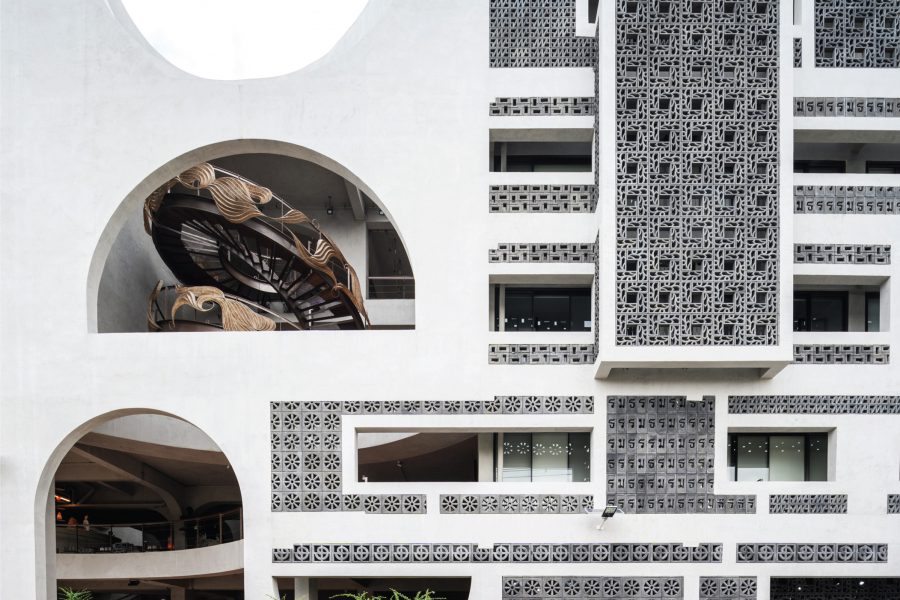
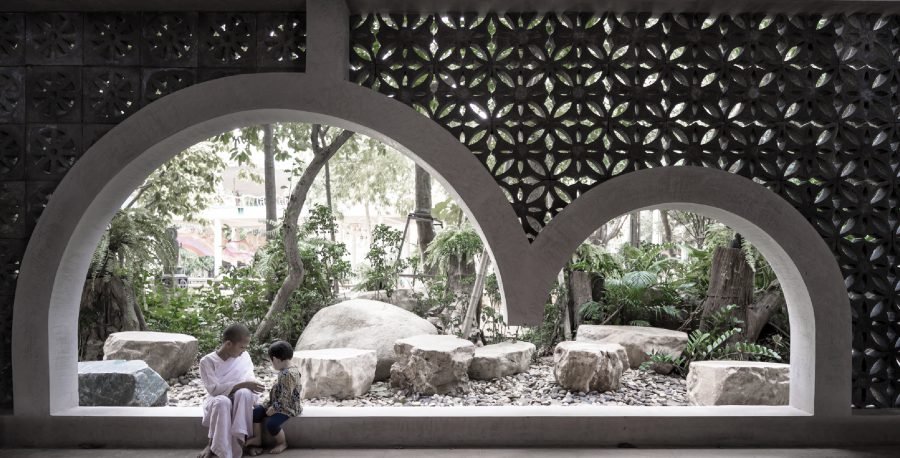
Architect Expo 2022, the 34th ASEAN’s Largest Building Technology Exposition, will be held during 26th April – 1st May, 2022 at Challenger Hall, IMPACT Muang Thong Thani. For those interested in space reservation, please inquire more information at www.ArchitectExpo.com/2022/space-reservation/ or call 02-717-2477 or email [email protected]


